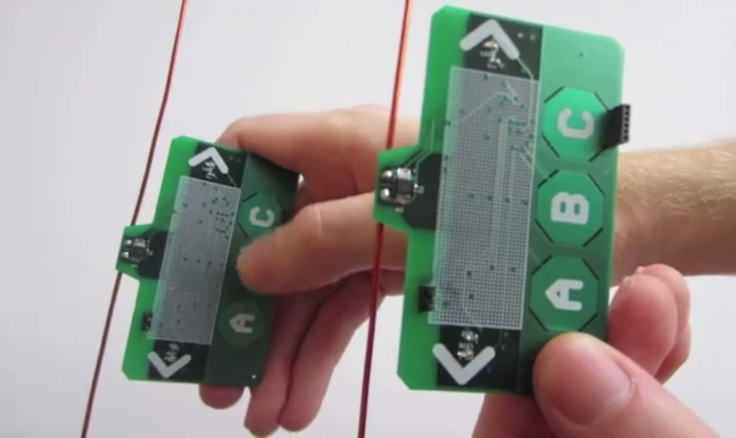No Batteries Required: 'Ambient Backscatter' Allows For Battery-Free Wireless Devices [VIDEO]

Engineers at the University of Washington in Seattle have developed technology that could pave the way for battery-free wireless devices. They call the system “ambient backscatter,” and it uses Wi-Fi, TV and cellular signals that are already all around us to allow two devices to communicate with each other.
Using ambient backscatter, devices absorb ambient signals and then reflect them to each other to communicate. They do not generate their own signals, so no battery power is required.
“We can repurpose wireless signals that are already around us into both a source of power and communication medium,” Shyam Gollakota, an assistant professor of computer science and engineering at UW, said in a press release.
In a video demonstration, the researchers showed how ambient backscatter technology on two cards could be used to send wireless payments sans batteries.
“Now imagine a world where everyday objects such as keys, wallets and sunglasses are enabled with ambient backscatter tags,” a researcher said in the video. For example, if a person loses their keys, their couch can use ambient backscatter to communicate with the keys and alert the user’s smartphone. “This technology will enable smart homes, smart cities and an Internet of things.”
Ambient backscatter technology can also be placed permanently inside structures to create a network of sensors for home monitoring and industrial safety, detecting, for example, if a structure was in need of repair. Without need for a battery, they could last without any maintenance.
Ambient backscatter communication would also help improve battery life of wearable technology, helping the devices to send and receive text messages and emails without consuming energy. The researchers said it would even be possible to outfit smartphones with ambient backscatter technology, allowing them to perform simple functions like text messaging after the battery dies.
The UW team tested the ambient backscatter technology around the Seattle area and found that even devices about 6.5 miles away from a TV tower could communicate using the tower’s signal.
A device could pick up a signal transmitted from another ambient backscatter device at a rate of 1 kilobit per second at a distance of up to 2.5 feet apart from each other. Not very fast, but enough to send a text message or contact information.
Last week, IBTimes reported on a similar invention from Microsoft India that aimed at replacing Near-Field Communication. Dhwani uses a device’s microphone and speaker to transmit data through sound waves, though a battery would still be required to generate the sound wave.
© Copyright IBTimes 2024. All rights reserved.






















